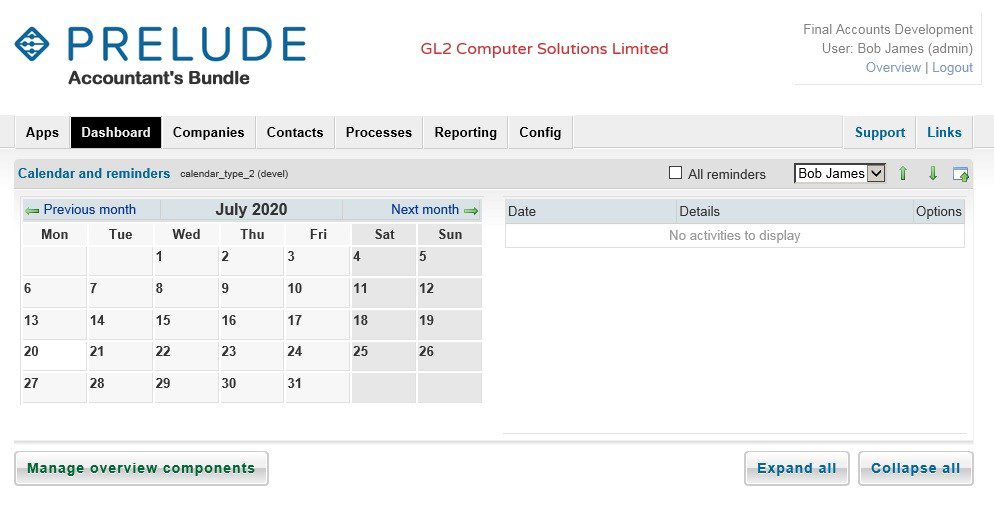CRM Overview
CRM Is a powerful tool to create a CRM database to suit your individual requirements. This section outlines how you create a database from scratch.
Elements of CRM – Terminology
Activities – Elements of a process or stand alone tasks e.g. take an incoming telephone call
Attributes – Components of the Entities
Dashboard – A screen view designed to give you quick access to key information
Entities – Core elements of the Database
Group – Can be created to combine more than one entity e.g. – Companies within a group.
Picklist – Used with drop down fields where there are many to choose from (usually but not necessarily)
Pivot Table – A table of information that can be displayed and summarised from a number of different aspects.
Process – A series of steps to achieve an outcome e.g. – customer placing an order online through to delivery – this could be one process or several.
Subscribed – To comply with GDPR a company has either subscribed for you to retain their data – either explicitly or implicitly – by virtue of trading with on credit terms Customers and Suppliers subscribe as do employees by virtue of requiring payroll records to be created. Sales prospects are not subscribed unless permission has be obtained from them within 30 days of entering their details into your system – there are lists for sale where global permission has been granted – but be careful
Task – Procedure to perform an activity on a new and/or edit to an entity or attribute
WYSIWYG – What You See Is What You Get
View of CRM – Tabs

Apps This will open up Prelude Accounts if this part of your package. It will also allow you to set up users and your company details.
Dashboard As seen above – gives you a calendar and allows you to view reminders of events created within the database.
Companies Here you can view the companies’ attributes (fields) you have created in Config and add the companies’ details to the database. As well as creating the companies you can Edit and View at any time. Companies can perform whatever processes or tasks you set up for them.
Contacts These are contacts which can be linked to the companies to which they belong. You can have contacts not linked to a company and you can create processes and tasks relating to those contacts.
Processes These are any activity you wish to create that the company carries out. For example you could create a database to monitor the calibration of tools and gauges, the hiring of equipment to customers, property maintenance schedules, plant and equipment servicing, employee training records and other HR – the list is endless.
Reporting Create reports as a pdf or export to Excel.
Config This is where all the entities, attributes and design of the database takes place and the bulk of this help file. To best show the configurations we will create a simple hire of equipment package.

0 Comments